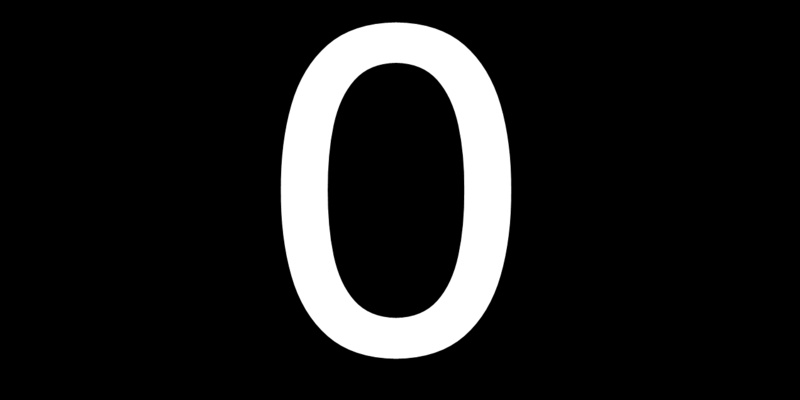India’s HOPE Base in Ladakh: A Giant Leap Toward Human Spaceflight
India has made a bold and inspiring leap in its space ambitions with the launch of the Himalayan Outpost for Planetary Exploration (HOPE). Inaugurated on August 2, 2025, by ISRO Chairman Dr. V. Narayanan, this Mars-like astronaut training facility is located in the Tso Kar Valley of Ladakh, a place whose harsh terrain mirrors extraterrestrial conditions. This cutting-edge initiative is not just a scientific marvel; it's a story of human grit, vision, and the dream of walking on the Moon by 2040.HOPE Base: India’s Mars on EarthThe HOPE base is India's first full-scale planetary analog habitat, designed to recreate the environmental challenges of planets like Mars. Comprising two modular units, an 8-meter-wide habitation module and a 5-meter-wide operations module, it will host astronauts and researchers in controlled isolation to simulate space mission conditions. The site in Tso Kar Valley, Ladakh, was selected for its close resemblance to Martian landscapes: sub-zero temperatures, low atmospheric pressure, intense solar radiation, and salt-rich, permafrost-like terrain. These conditions provide the perfect setting for astronauts and scientists to study survival strategies and conduct meaningful researchLiving in Isolation for a DreamFrom August 1 to 10, 2025, two astronaut-like crew members will remain in full isolation within the HOPE base. Their mission? To simulate life in space mentally, physically, and emotionally. Researchers from institutions like IIST, IITs, and the Institute of Aerospace Medicine will closely monitor their health and behavior, studying how isolation affects cognition, mood, and physiology. They will also simulate space tasks like soil collection and microbial testing, just like future missions on the Moon or Mars.Private Sector and Academia: A Powerful PartnershipOne of the most exciting aspects of the HOPE project is the active collaboration between ISRO, private space startups, and academia. Several private companies are supporting HOPE with modular habitat design, sensor technology, robotics, and medical monitoring systems. This marks a strategic shift in India’s space journey from government-driven missions to public-private collaboration, aligning with global trends seen in agencies like NASA and ESA. Startups now play a key role in making India space-ready, from designing space-grade materials to building next-gen crew modules. The HOPE base is thus not just a symbol of science; it’s also a crucible of innovation.Why Ladakh? A Natural Space LaboratoryLadakh’s Tso Kar Valley, with its altitude of over 4,500 meters, offers a unique blend of environmental challenges. These challenges are similar to those astronauts would face on Mars or the Moon. Hypoxia (low oxygen levels) simulates the need for pressurized living. Extreme cold helps test thermal gear and insulation. Salty permafrost terrain supports geological and microbial experiments.By establishing HOPE here, ISRO has effectively created India’s own Mars yard—a base to test, fail, learn, and adapt. India's ultimate goal, as announced by ISRO and the Indian government, is to land Indian astronauts on the Moon by 2040. This will be followed by long-duration missions and possible collaborations for deep-space exploration, including Mars. By training astronauts under near-real space conditions, ISRO is ensuring mental and physical readiness for the most challenging missions in history.HOPE is More Than a NameThe Himalayan Outpost for Planetary Exploration isn't just about science or engineering. It's about human spirit, curiosity, and the desire to go beyond our earthly limits. For every young Indian dreaming of becoming an astronaut, for every scientist pushing boundaries, and for every citizen who watches a rocket launch with pride, HOPE is a promise that India is ready to step into the future. As the world watches, India walks forward not just with technology but with courage, conviction, and, yes, hope.


.jpg)
.jpeg)
.jpeg)
